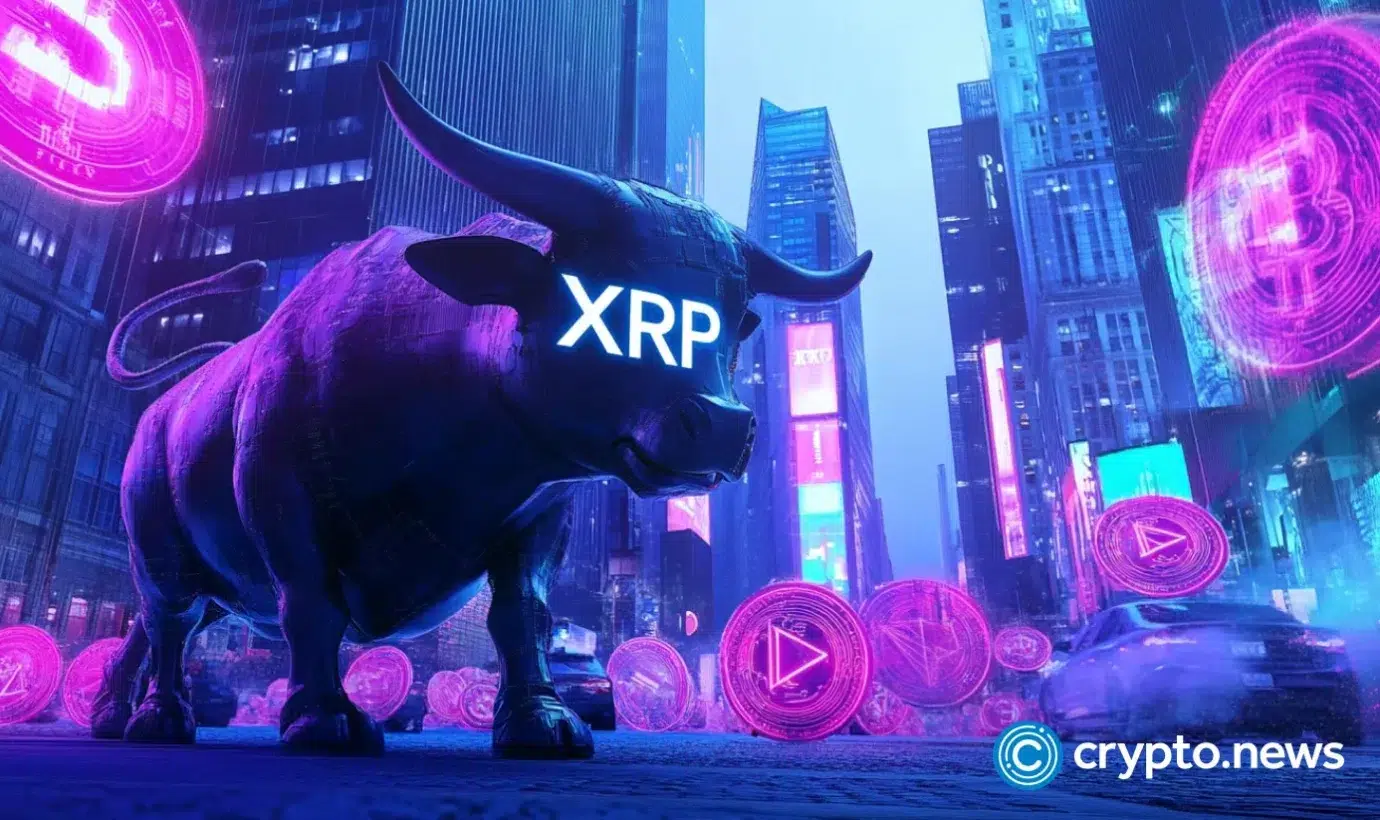- Ethereum’s Vitalik Buterin explains GKR, cost-effective and fast family of prover protocols
- Combined with ZK-SNARK, ZK-STARK, scheme brings privacy
Named after their inventors, Goldwasser, Kalai and Rothblum, GKR proofs — as explained by Ethereum founder Vitalik Buterin — makes all mainstream cryptography practices fast and resource-efficient.
Ethereum’s Vitalik Buterin explains GKR, cost-effective and fast family of prover protocols
In his guide yesterday, Vitalik Buterin, founder of Ethereum (ETH) blockchain, explains what is under the hood of modern ZK proving approaches. Goldwasser-Kalai-Rothblum proofs, or GKR proofs, is the backbone element behind their speed and performance.
First described in 2015, the scheme achieves supremacy thanks to its optimized development. While working on data proving, GKR allows only make commitments to inputs and outputs, ignoring intermediary layers.
In this case, Buterin describes commitments as putting the data into a cryptographic data structure, either a KZG or a Merkle tree, that allows customers to prove queries about specific things regarding that data.
This development paved the way toward zkEVM and zkML blockchain architectures that benefit from ZK cryptography, generating proofs of operations on L2 and verifying them on Ethereum (ETH).
Combined with ZK-SNARK, ZK-STARK, scheme brings privacy
This scheme is also used in large language models and other AI concepts. Combined with other ZK technologies, it is what protects privacy in L1/L2 interactions:
As covered by U.Today previously, recently, Buterin showcased in his X Kohaku, a fork of Ambire, another security development in the Ethereum (ETH) ecosystem.
Ethereum’s (ETH) inventor yet again underlined that full-stack privacy and security are first-class priorities for Ethereum (ETH).
Source: https://u.today/ethereum-founder-vitalik-buterin-explains-gkr-unbelievably-powerful-tech-scheme



